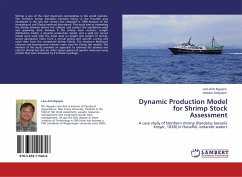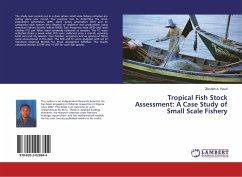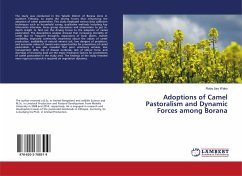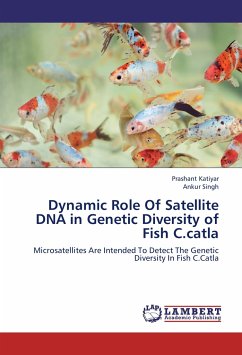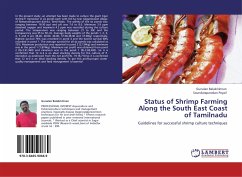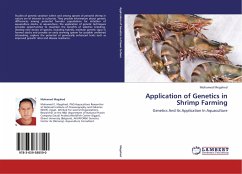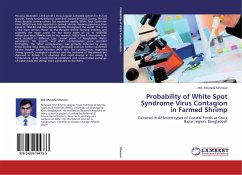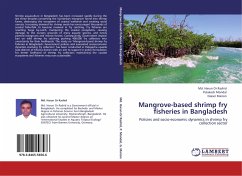Shrimp is one of the most important commodities in the world markets. The northern shrimp (Pandalus borealis) fishery in the Húnaflói area developed in the late last century but collapsed in 1999 because of the increasing of cod (Gadus morhua) abundance. This study aims at estimating the shrimp biomass before the collapse and predict the equilibrium yield and spawning stock biomass if the shrimp stock recovers. Length distribution model, a dynamic production model, and a yield per recruit model were used with the input data on length and weight of shrimp, survey abundance index from a annual spring and autumn surveys and catch data from the commercial shrimp fishery. The maximum likelihood criterion and least-squared criterion were used for fitting the models. The method of this study provided an approach to estimate the biomass not only for shrimp but also for other target species of aquatic resources using models that were simulated by R software package.
Bitte wählen Sie Ihr Anliegen aus.
Rechnungen
Retourenschein anfordern
Bestellstatus
Storno

